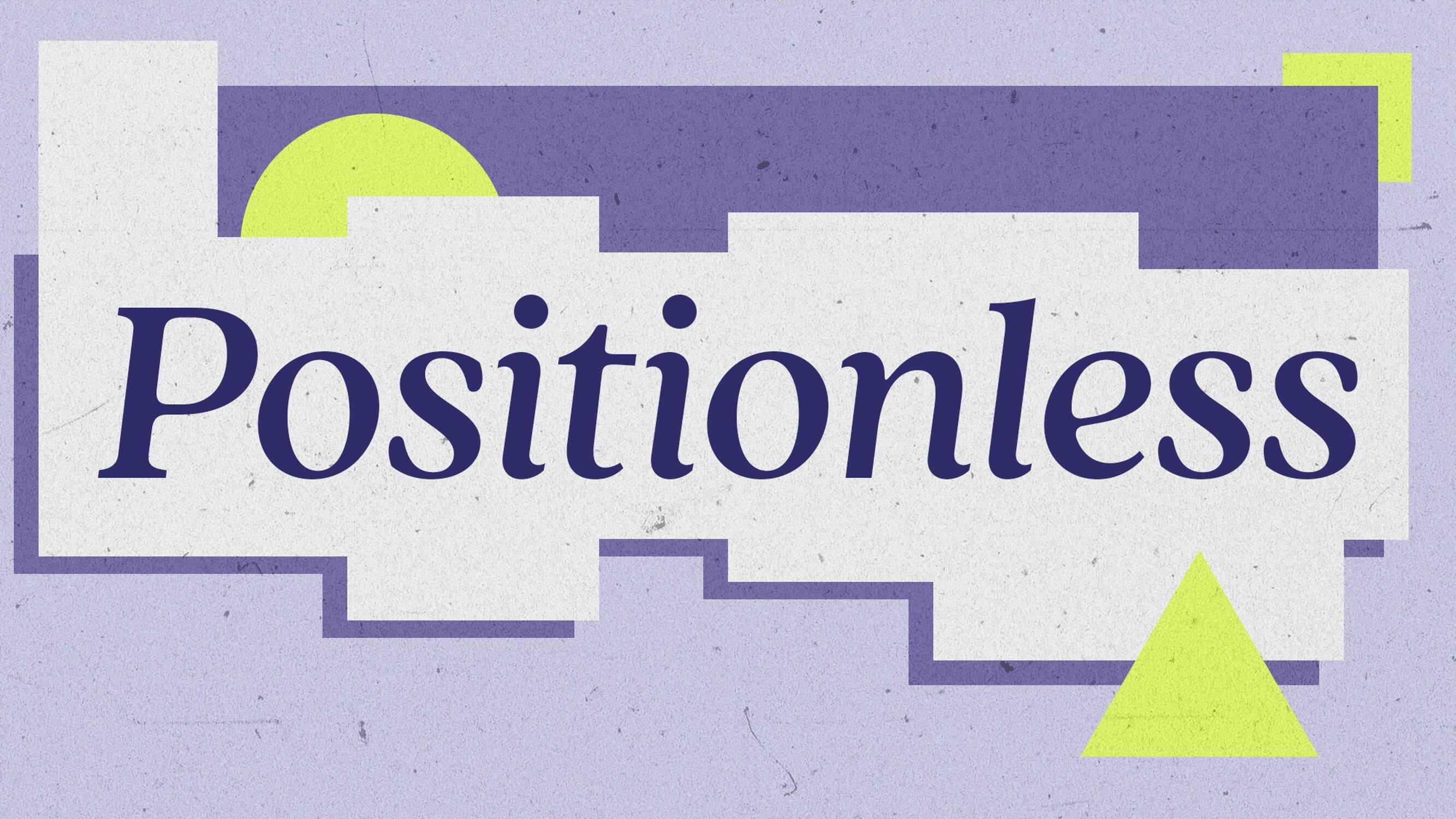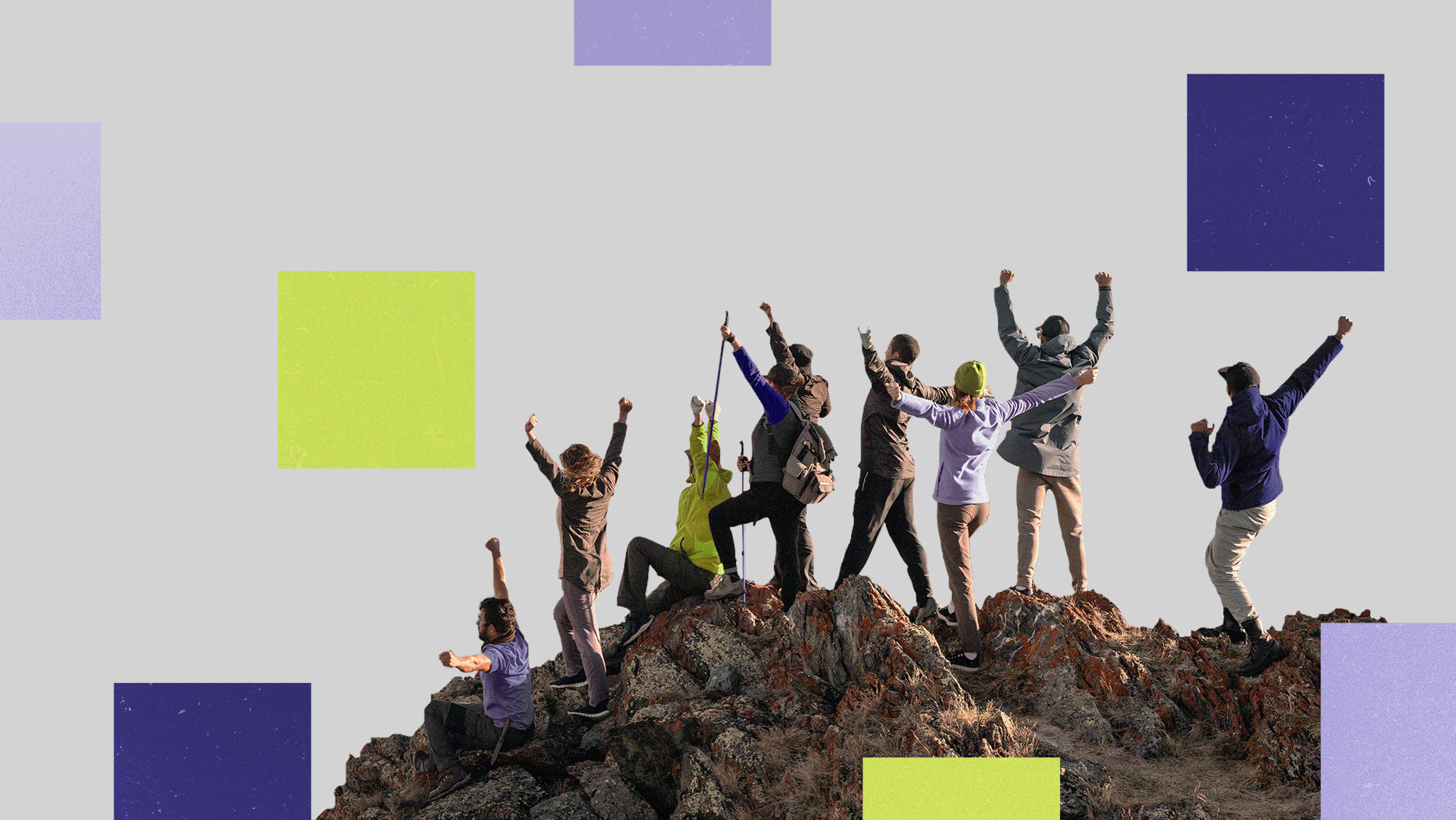
AI and the Retail Marketer’s Future
How AI transforms strategy and processes, driving the adoption of Positionless Marketing
Exclusive Forrester Report on AI in Marketing

One of the primary goals of retention marketing is to increase brand loyalty and maximize customer lifetime value (CLTV). This especially gains importance during stressful times like now as the world adapts to COVID-19 and its aftermath. There is a growing expectation that brands need to convey relevant, timely, yet – not creepy communications as customers exposure to additional touchpoints, and marketers' arsenal of channels grows. One of the major difficulties a marketer faces, is orchestrating communications to create a holistic, personalized customer experience, in an effective and efficient manner. To overcome this challenge, you can follow one or a combination of the following methodologies:
Oftentimes, a customer may qualify for more than one campaign a day, or multiple campaigns a week. So, if you're looking to limit the amount of campaigns a customer receives, across all touchpoints, you can choose to set a frequency cap per day or per week. Let's say a customer can receive no more than one campaign a day and no more than 4 a week. As a result, each customer will receive campaigns based on their chronological delivery time. Once the customer reaches the limit, they won't receive the following campaigns. While this is a great way to monitor the number of messages each customer receives, many more significant opportunities can be missed as a result of less fruitful campaigns being delivered first.
Customer journeys are an excellent way for marketers to create specific experiences for their different audiences. Once a customer segment has been defined, marketers can determine what they want to achieve for each of these audiences and create customer journeys accordingly. The goal is to lead the customer to the metaphorical destination.
One example is an abandoned cart journey. Research shows that customers who receive abandoned cart campaigns are more likely to complete their order, and effectively have a higher LTV.
Mapping out the customer journey allows you to visualize the sequence of campaigns you want to deliver to drive the customer to complete the order. Visual representations of a customer journey are also an excellent tool to demonstrate the process to other key decision-makers internally.
See the example below of an abandoned cart customer journey that marketers can create to encourage clients to complete their order:
 Still, customer journeys fall short when thinking of customer retention in the long run. Also, because marketers can't possibly be expected to predict every possible decision point. And finally, due to behavioral changes that customers exhibit.
Still, customer journeys fall short when thinking of customer retention in the long run. Also, because marketers can't possibly be expected to predict every possible decision point. And finally, due to behavioral changes that customers exhibit.
Orchestrating communications using prioritization and exclusion enables marketers to assign priorities to each communication, solving some of the pitfalls from frequency caps. As a result, customers who qualify to receive more than one message a day will receive that of higher significance. And they can be excluded from subsequent communications for the day (or several days) based on your preference. You can choose whether to include customers in communications of lower priority. For example, if you would like to communicate an impromptu message to all customers, you can easily include customers who have already received campaigns that were assigned a higher priority. Prioritization and exclusions also allow you to create more elaborate, customer-led journeys. Instead of mapping out specific journeys per customer, you can identify the purpose of each communication, and create audiences using qualifiers and thresholds accordingly. While some customers may qualify to more than one audience a day, they will receive the message of higher importance or those that you feel are a must-have, superstar campaign.
Tying all the above-mentioned methodologies together is an A.I. component. To accomplish orchestration at scale, you need to be able to identify what communication maximizes the CLTV across the board and at each state. While that works for a handful of campaigns, once brands evolve and have created hundreds or thousands of campaigns, it becomes impossible to anticipate the value each one will provide, at scale. Maximized CLTV is achieved not only by delivering the best and most significant campaign but also by anticipating what behavior it will encourage in the customer. Further making him or her qualify to the next campaign – in other words, you need to be thinking about the significance of hundreds of different campaigns and anticipate the priority of each one. Even several campaigns ahead. Using A.I. based journeys, you can allow the algorithm to determine the priority of each campaign based on past experiences of not just a single campaign but on the success of the following campaigns as well to orchestrate an entire journey. It is important to note that A.I. will not share the same emotional intelligence marketers have, making it essential for you to be the one to leverage the assistance of A.I. Although marketers will use one or more of the above, they must follow specific guidelines when deciding how to prioritize and orchestrate between campaigns. Check out the next two parts of this mini-series where you'll learn how to set up a prioritization and exclusion environment and about the benefits of using A.I. for customer journey orchestration:
Exclusive Forrester Report on AI in Marketing
In this proprietary Forrester report, learn how global marketers use AI and Positionless Marketing to streamline workflows and increase relevance.


Writers in the Optimove Team include marketing, R&D, product, data science, customer success, and technology experts who were instrumental in the creation of Positionless Marketing, a movement enabling marketers to do anything, and be everything.
Optimove’s leaders’ diverse expertise and real-world experience provide expert commentary and insight into proven and leading-edge marketing practices and trends.


